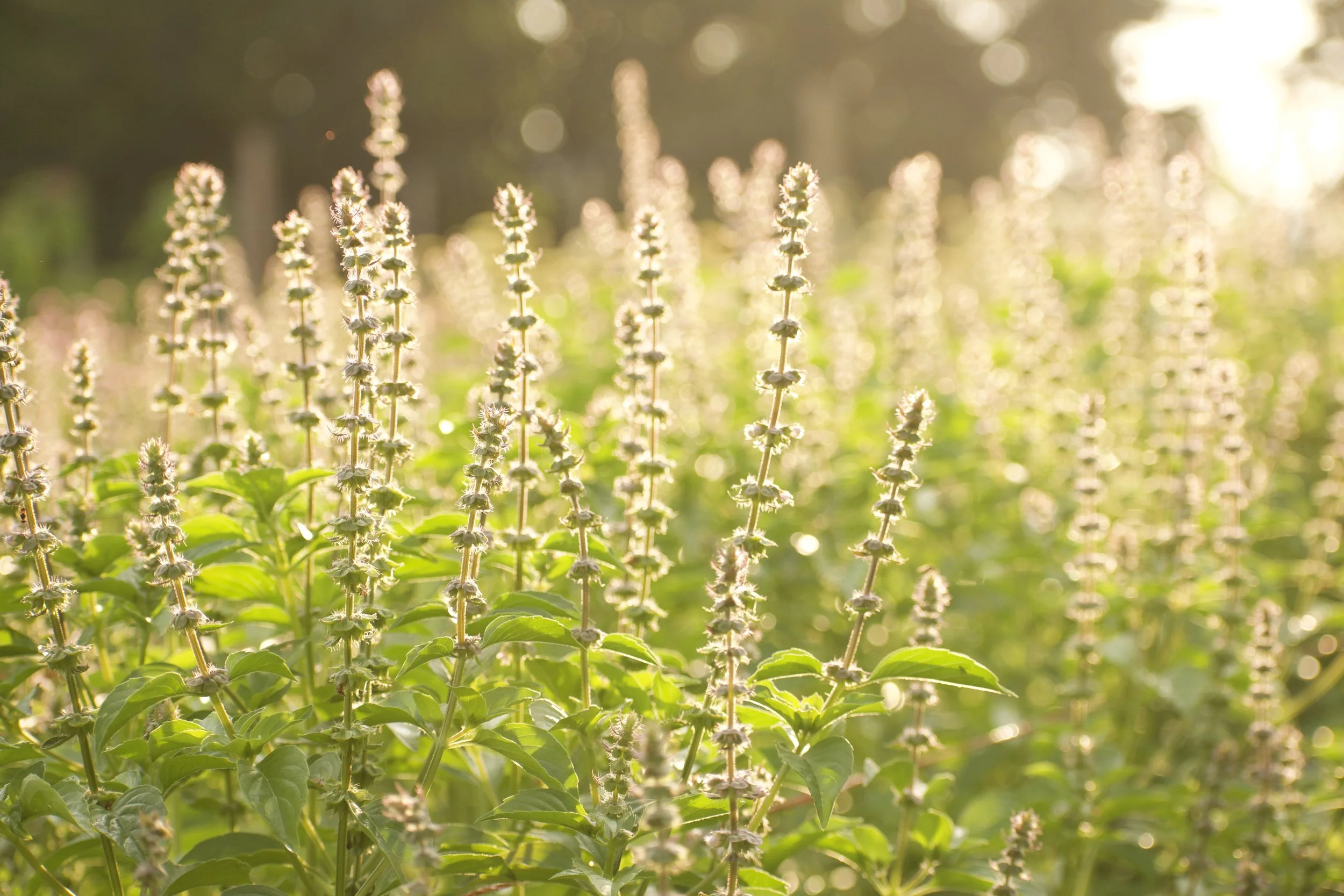Planting with the Elements
The incorporation of the Biodynamic® calendar on the farm.
It’s probably a bit obvious by now, but in case it’s not, my goal with this farm is to inspire connection within ourselves, one another and the world around us by embracing the magic of the natural world and the cycles with it.
One thing I’m excited to dabble in a bit this year is the holistic approach to farming known as Biodynamic® Farming.
In short, Biodynamic® farming is the approach and belief that a farm is a holistic living organism in itself, a self-sufficient ecosystem that not only gives back to the land, but shares a special spiritual connection to it. It’s thought to be the first modern organic farming approach developed in 1924 after farmers of the time were concerned about the impacts of modern chemicals on their crops. They approached German philosopher Rudolf Steiner for his thoughts, which led to a series of lectures and experiments, and in turn the more formal creation of Biodynamic® farming.
While Biodynamic® farmers share in the ideals and follow organic farming practices, they also implement some specific practices that are unique to Biodynamics®.
Now, I said “dabble” earlier because there is so much to this incredible philosophy/approach that frankly, right now, is a bit over my head.
But the part of it that I DO understand is using the transit of the moon (the lunar calendar) and other astronomical events each month as a guide to planting, tending and harvesting plants. As a student of astrology, this is my jam.
We can all agree that the moon has an impact on earth’s water supply. There’s also an understanding that because of this, the moon impacts the ways in which plants grow. The Biodynamics® calendar is the approach of following the transit of the moon and the constellations it travels through each month as a way to determine the more favorable (and unfavorable) days to tend plants. Different types of plants, and different parts of the plants, can benefit differently than others based on the day..
How? Because these things all have an underlying elemental association: earth, air, fire and water
Each of the twelve zodiac/astrological constellations that the moon transits are associated with an element. (e.g. Capricorn - earth, Cancer - water, Libra - air, Aries - fire)
Each part or type of a plant is associated with an element: root (earth), leaf (water), flower (air) and fruit/seed (fire)
So, in a very oversimplified way, you match up the elements to determine what sort of activity would be most beneficial for which type or part of the plant.
Based on the elemental associations above, here are a couple of very simple examples:
When the moon is in Cancer (a water sign) it would be a most beneficial day to tend to leafy plants.
When the moon is in Libra (an air sign) it would be most beneficial to tend to flowering plants.
There are other nuances to consider, like that of lunar and solar eclipses, various aspects (connections) the moon is making to other planets in the sky, and where the moon is in its orbit in relation to the sun, but in general the elements are the overarching part of it.
This calendar is also only one small part of the Biodynamics® approach as a whole as mentioned above. If you’re interested in learning more about the entire approach, history, etc., I would highly recommend checking out some of the incredible resources and organizations leading the way: the Biodynamic Federation Demeter International (BFDI), the Demeter Association, Inc. the Biodynamic Association of the UK, and the Biodynamic Demeter Alliance.
photo ©Arlyn Flower Farm, 2024

